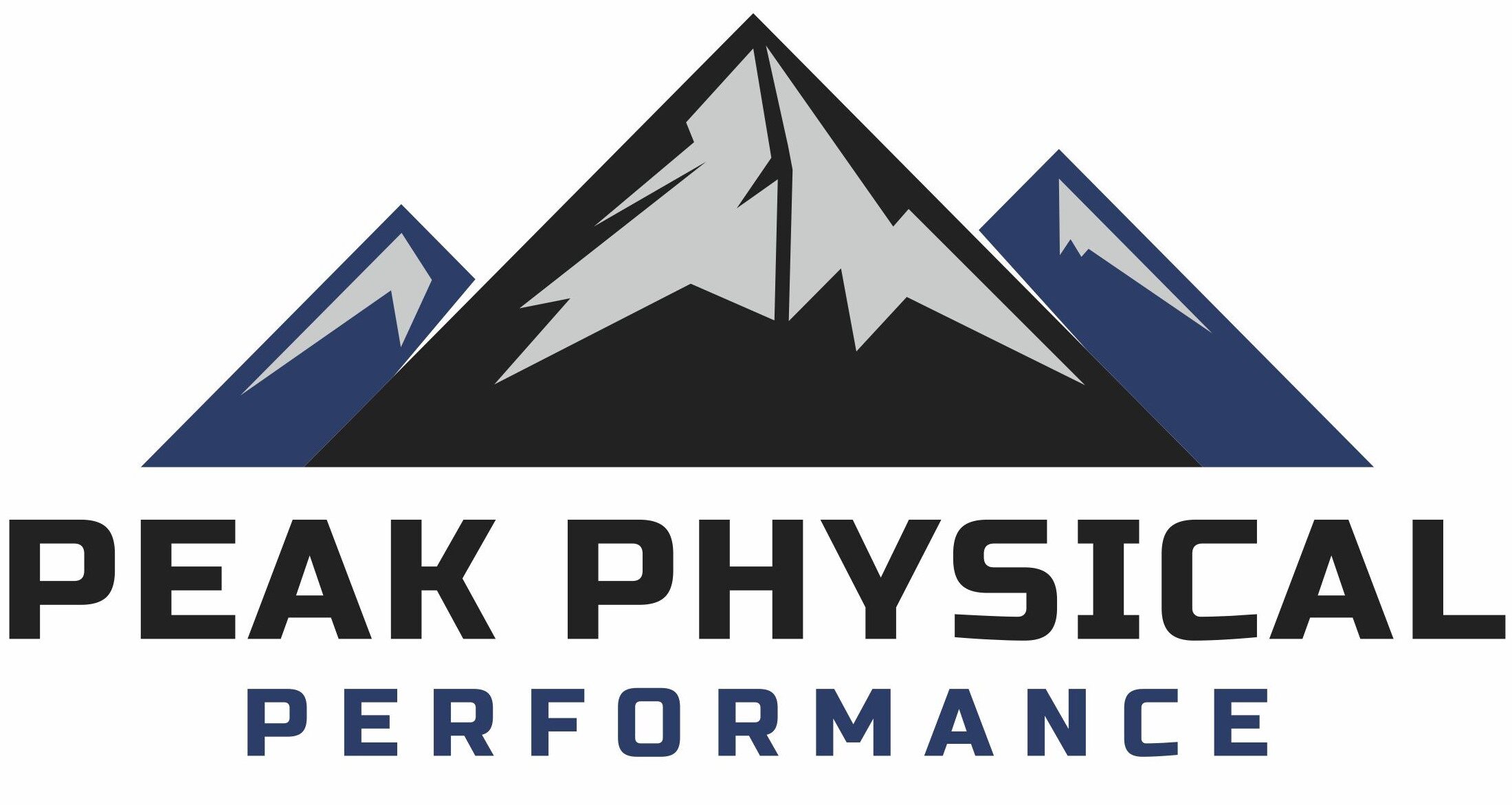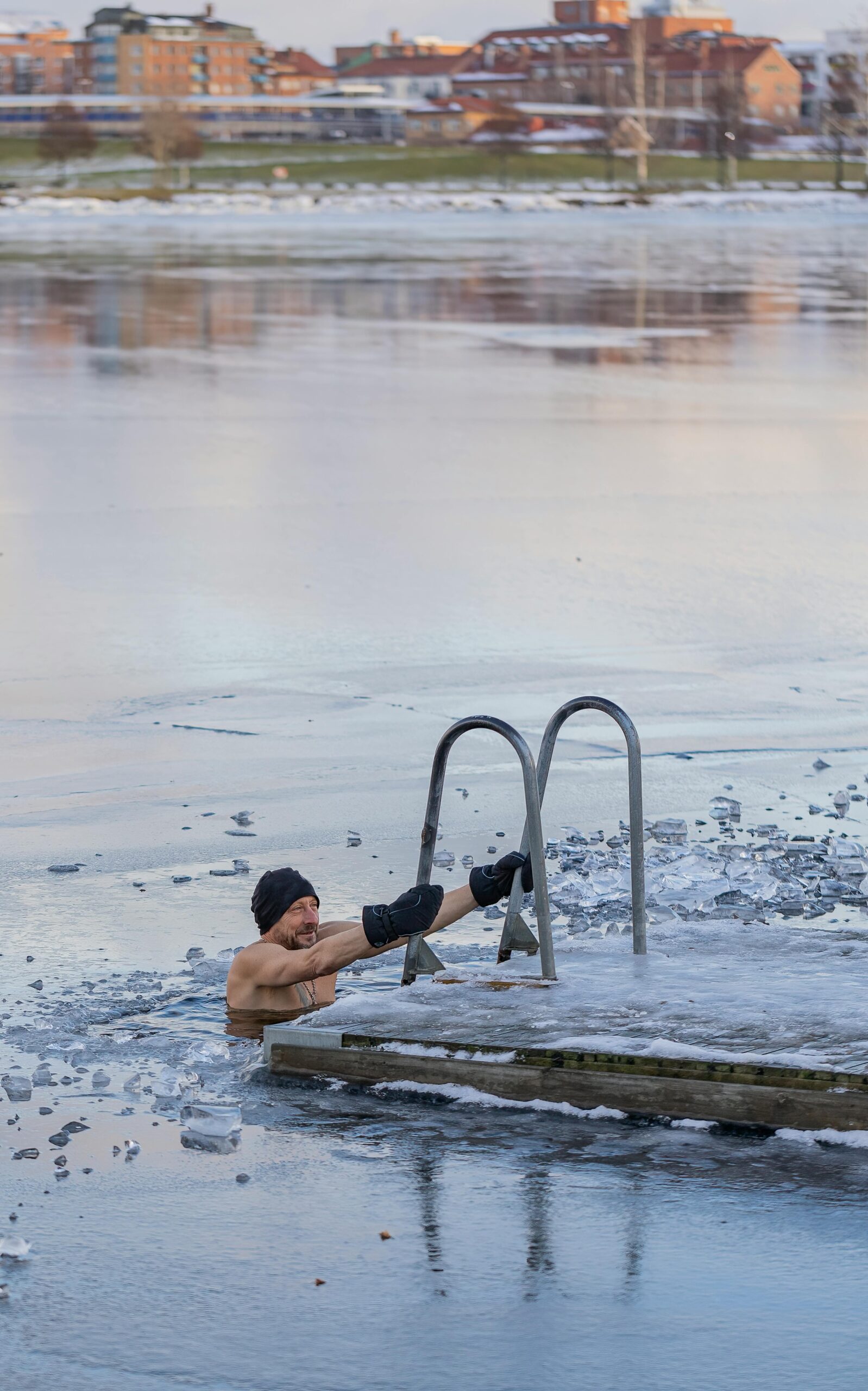Cold plunging, also known as cold-water immersion or ice bathing, has been gaining popularity among athletes, fitness enthusiasts, and wellness seekers. This practice involves immersing the body in cold water (50°F or lower) for a short period, typically between 3 to 10 minutes. While the idea might sound daunting, the benefits are worth the chill!
1. Reduces Muscle Soreness and Inflammation
Cold water constricts blood vessels, helping reduce swelling and inflammation in muscles and joints. This makes it a favorite recovery tool for athletes following intense workouts or competitions. A study in the Journal of Strength and Conditioning Research found that cold-water immersion significantly decreased delayed-onset muscle soreness (DOMS) compared to passive recovery methods【1】.
2. Improves Circulation
When you plunge into cold water, your body redirects blood flow from the extremities to vital organs to maintain core temperature. Upon exiting, the body rapidly rewarms, promoting improved blood circulation. This cycle can help deliver nutrients and oxygen to tissues more efficiently, aiding recovery.
3. Boosts Mental Clarity and Mood
The shock of cold water triggers a surge of adrenaline and endorphins, giving you an immediate mood boost. Regular exposure may also increase resilience to stress. Research in Medical Hypotheses suggests that cold exposure activates the sympathetic nervous system, enhancing mental clarity and reducing symptoms of depression【2】.
4. Strengthens the Immune System
Cold plunging has been shown to increase the production of white blood cells and improve the body’s antioxidant defense system, potentially boosting immunity. Regular cold exposure may help your body adapt to environmental stressors and reduce susceptibility to illness【3】.
5. Enhances Recovery and Performance
Incorporating cold plunging into a recovery routine can help athletes recover faster and perform better over time. The reduced inflammation and quicker removal of metabolic waste products can prepare the body for the next workout or competition.
Tips for Safe Cold Plunging:
- Start Slow: Begin with shorter immersions (1-2 minutes) and gradually increase your time as you adapt.
- Check the Temperature: Aim for water between 50-59°F for optimal benefits.
- Listen to Your Body: Avoid cold plunges if you have certain medical conditions like heart issues. Always consult a healthcare professional if unsure.
Cold plunging may be a bit shocking at first, but its benefits for recovery, mood, and overall wellness make it a practice worth trying. So, why not take the plunge?
References:
- Bleakley, C. M., & Davison, G. W. (2010). What is the biochemical and physiological rationale for using cold-water immersion in sports recovery? Journal of Strength and Conditioning Research, 24(2), 322-331.
- Shevchuk, N. A. (2008). Adapted cold shower as a potential treatment for depression. Medical Hypotheses, 70(5), 995-1001.
- Kox, M., et al. (2014). Voluntary activation of the sympathetic nervous system and attenuation of the innate immune response in humans. Proceedings of the National Academy of Sciences, 111(20), 7379–7384.



Comments are closed